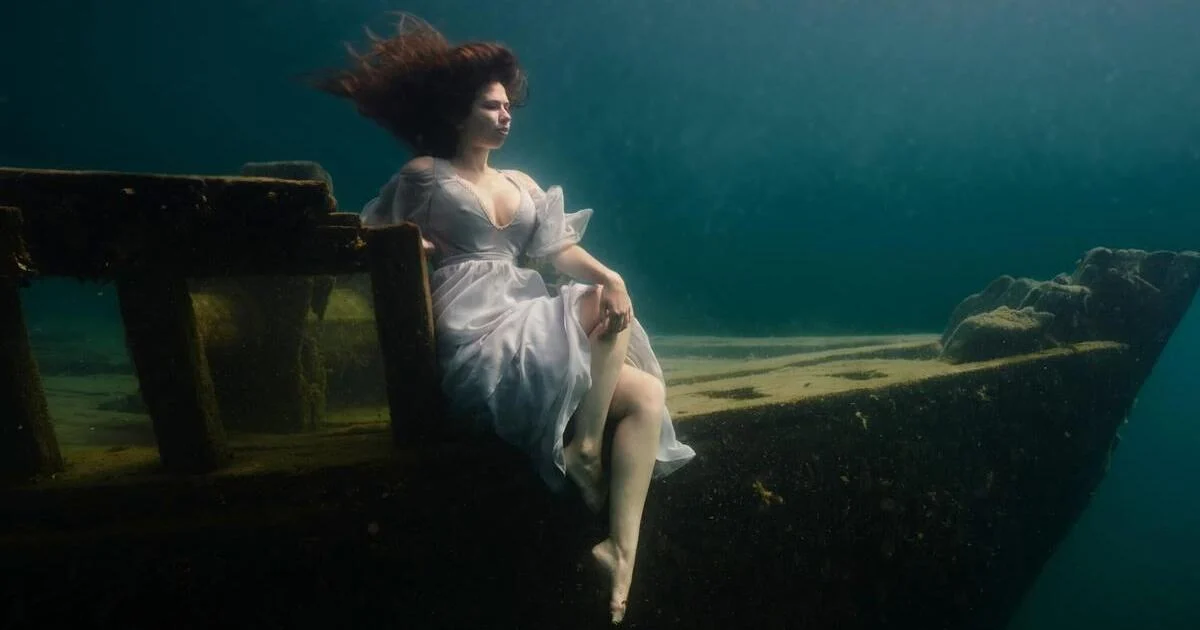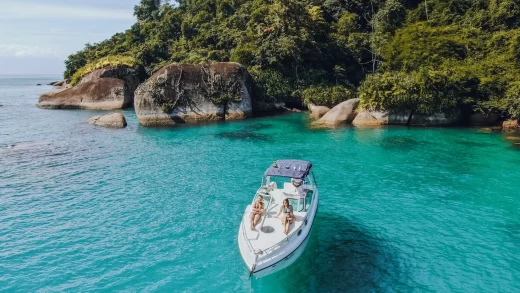Underwater photography is a beautiful combination of art and science that gives us a glimpse into the enigmatic and fascinating world of the oceanic depths. Whether capturing colorful coral landscapes or photographing shy marine creatures, the results of this type of photography provide us with a glimpse of the underwater flora and fauna. The article provides more insight into what underwater photography entails—the challenges, the techniques, and the underwater miracles.
Diving into the Depths: The Essence of Underwater Photography
Page Contents
- 1 Diving into the Depths: The Essence of Underwater Photography
- 1.1 Mastering the Elements: Challenges of Underwater Photography
- 1.2 Lighting the Abyss: Techniques for Captivating Underwater Shots
- 1.3 Navigating the Blue: Composition and Framing Underwater
- 1.4 Capturing the Moment: Patience and Persistence Underwater
- 1.5 Preserving the Underwater World: Conservation through Photography
- 1.6 The Future of Underwater Photography: Innovation and Exploration
- 1.7 Immersed in Wonder
- 1.8 Harnessing Technology: Advancements in Underwater Photography Equipment
- 1.9 Exploring Uncharted Waters: Underwater Photography Expeditions
- 1.10 Education and Training: The Key to Success in Underwater Photography
- 1.11 The Ethical Imperative: Responsible Practices in Underwater Photography
- 1.12 Sharing the Experience: The Power of Underwater Photography in Education and Advocacy
- 1.13 Diving Deeper into the World of Underwater Photography
- 2 Author

The fundamental idea of underwater photography is to get inside an alien reality and take pictures of the awe-inspiring jpslot moments. Be it a light snorkeling close to the shore or a deep-sea dive off the coast, every underwater trip is a chance to snap images of the amazing sea wildlife . Every click of the camera is expected to capture the unreality’s character of underwater environments and the thing that lives in them.
Mastering the Elements: Challenges of Underwater Photography
Yet, this die-hard art of photography is not a piece of cake. Many things come in the way, such as low visibility, drifting in currents, and buoyancy and pressure adjustments. All these aspects need a comprehensive knowledge of the underwater system as well. However, these difficulties are what make it so adventurous and passionate . Thus, many photographers develop a passion for it .
Lighting the Abyss: Techniques for Captivating Underwater Shots
Perhaps the most challenging aspect of underwater photography is the difficulty of grappling with light and color. Sunlight that passes through the water changes in terms of texture, in appearance; this manifests particularly on items, creatures, or in general in the aspect that occurs beneath surface level. Furthermore, photographers may use strobes and video lights to take splendid and realistic shots that understate the full potential of an underwater scene. GLuint’s.Text. Hence, through the thoughtful and practical use of artificial lighting, this medium allows photographers to perform a literal spectrum of colors that they would not normally see.
Aside from understanding and mastering light, composition is the next essential part of underwater photography. The fact that the ocean is so infinite makes it easy for photographers to end up with boring or bland shots. Therefore, photographers have to put extra time and thought into composing their shots, and use various ways to direct the viewer’s attention to create an illusion of depth and size. They can also experiment with different angles or perspectives to add depth and dimension to the image and show the various layers of the shot. Photographers can take images of small vibrant coral formations or take a big panorama of the grand ocean, looking up or taking images of a ship from underwater.
Capturing the Moment: Patience and Persistence Underwater
Patience and perseverance are also critical in underwater photography. Unlike terrestrial photography, which often includes subjects that are easily obtainable and docile in an artificial setting, underwater subjects are fleeting and sensitive to human presence. Therefore, divers may spend days searching for the perfect image to snap a photo of a marine organism as it passes by or to capture rays of light eclipsing the ocean’s surface. The thrill and mystery of underwater photography are also reflected in this requirement.
Preserving the Underwater World: Conservation through Photography
Underwater photography is not only a unique work of art and a fascinating hobby but also a valuable need for conservation purposes. Professional and amateur photographers help preserve the environment by capturing breathtaking and fragile undersea worlds that overwhelm humanity. Underwater photographers also capture the ravages of human life – our pollution, our despoiling, our devastatingly powerful impact on the natural world, and living things . They urge the world through the eyes of the sea creatures to fight for our seas’ rescue and its inhabitants.
The Future of Underwater Photography: Innovation and Exploration
The future of underwater photography is truly endless as technology progresses ever forward. Whether it be new camera gear and underwater drones superior to anything that has come before or new ways to process and edit images, photographers continue to find ways to expand the limits of what we can capture beneath the waves. This backlog of processes will allow us to utilize new technology and new ideas to further explore the oceans and better appreciate their unique beauty and wonder.
Immersed in Wonder
In conclusion, underwater photography represents the rest of the world, open only to the explorers of the depths. Whether it is a tale of magic coral, a dance of alien fish or the secrets of the crew of a sunken ship, every image presented speak of beauty, tenacity and variabilities. It is vital to take excellent photos and conserve the beauty of the amazing ocean for generations to follow. Capture your camera, plunge into the ocean’s safest and watch the mystery of underwater photography unravel.






Comments are closed.